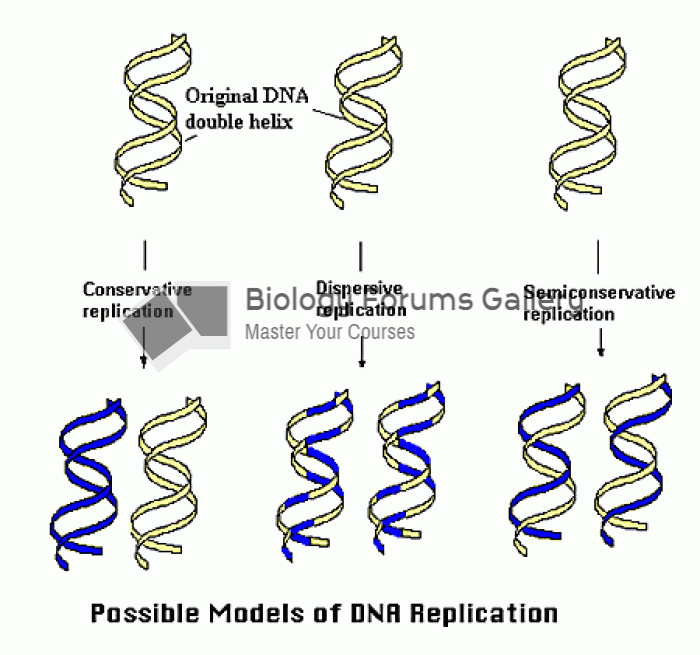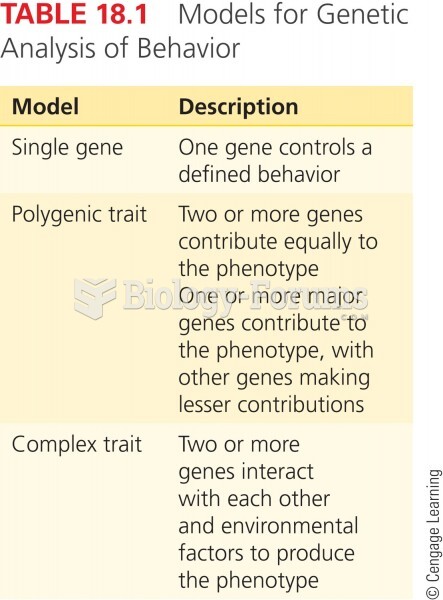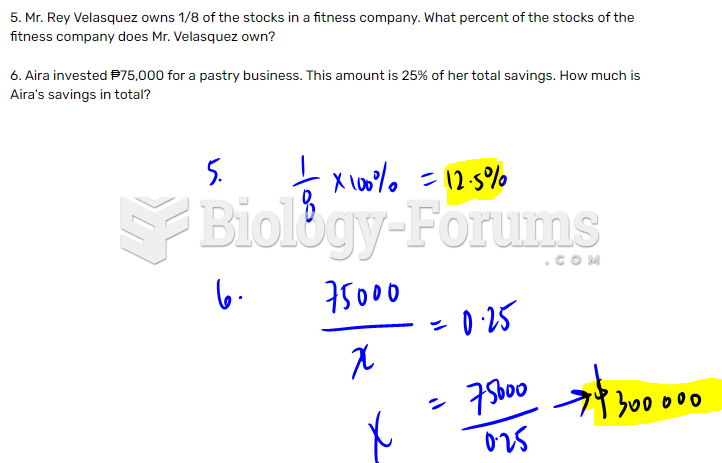Answer to Question 1
Portals receive income from a number of different sources. The revenue base of portals is changing and dynamic, with some of the largest sources of revenue declining. Typical revenue sources include general advertising, tenancy deals, commissions on sales, subscription fees, and fees from applications and games. The business strategies of both general and vertical portals have changed greatly because of the rapid growth in search engine advertising and intelligent ad placement networks such as Google's AdSense. General portal sites such as AOL and Yahoo did not have well-developed search engines, and hence have not grown as fast as Google, which has a powerful search engine. Portal sites have invested billions of dollars to catch up with Google. On the other hand, general portals have content, which Google did not originally have, although it has since added content by purchasing YouTube and adding Google sites devoted to news, financial information, images, and maps. General portals are attempting to provide more premium content focused on subcommunities of their portal audience.
Advertisers on portals are especially interested in focused, revenue-producing premium content available on portals because it attracts a more committed audience. For instance, financial service firms pay premium advertising rates to advertise on portal finance service areas such as Yahoo's Finance pages. There is a direct relationship between the revenue derived from a customer and the focus of the customer segment. The survival strategy for general purpose portals in the future is therefore to develop deep, rich, vertical content in order to reach customers at the site. The strategy for much smaller vertical market portals is to put together a collection of vertical portals to form a vertical portal network, a collection of deep, rich content sites. The strategy for search engine sites like Google is to obtain more content to attract users for a long time and expose them to more ad pages (or screens).
Answer to Question 2
FALSE







